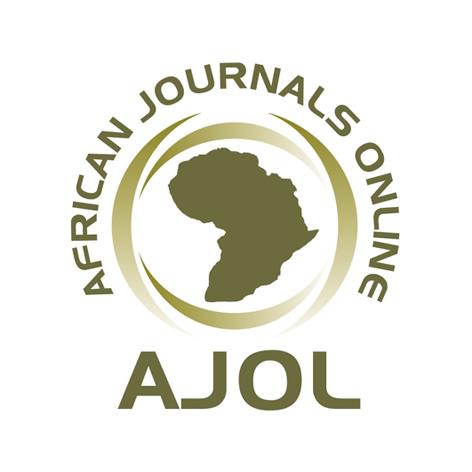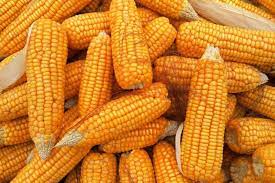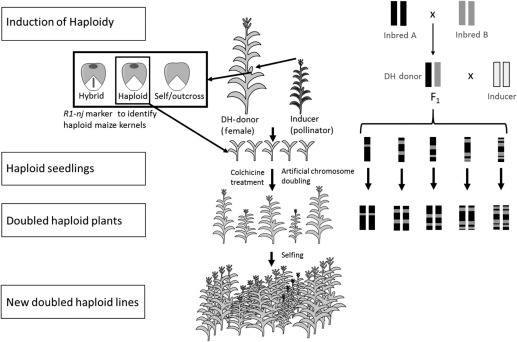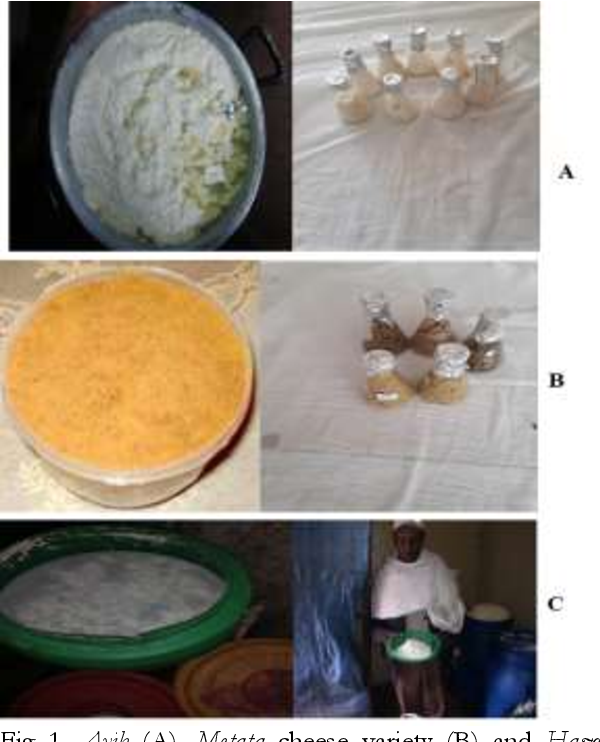Practices and Challenges of Beekeeping in Chiro District of West Hararghe Zone, Eastern Oromia, Ethiopia
Downloads
Abstracts: Ethiopia is the leading honey producer in Africa and one of the ten largest honey
producing countries in the world. However, low productivity and poor quality of honey and other bee
products are the major constraints faced by honey producers. The exact number of people engaged in
honey production and the challenges they face are not well known. Lack of documented information
on honey production and challenges hinders extension supports. Therefore, a survey was conducted
in Chiro district (woreda) in 2013/2014 with the objective of eliciting information on practices of
honey production, beekeeping management systems and associated challenges faced by honey
producing farmers in the study area. Six representative peasant associations were selected using a
purposive sampling method. A total of 120 beekeepers were interviewed on major beekeeping
management practice and challenges they were facing. The results were subjected to descriptive
statistics using SPSS. Of all the respondents, only 8 (6.7%) were women. A total of 863, 818
traditional beehives and 45 modern beehives were owned by the respondents. The average numbers
of traditional and modern beehives owned per respondent were 6.87 and 0.38 respectively. Only
58.8% of the traditional beehives and 46.7% of the modern beehives were colonized by bees while the
remaining ones were empty. Most (53.4%) of the respondents kept the beehives under the roof of
their houses where as 30.7% kept them in the garden; 15.1% inside the house, and the 0.8% on trees.
The main sources of the foundation colony were three, i.e., catching bee swarms, gift from family, and
buying. The major challenges were shortage of bee colonies, escalating prices of modern hives and
their accessories as well as low level of extension services. It is concluded that honey production in
the study area is dominated by traditional practices, and constrained by shortage of bee colonies,
inadequate farmers’ technical know-how and practical skills, high prices of modern hives and their
accessories, lack of practically supported extension services on modern beekeeping technologies,
incidences of pests, low participation of women, and lack of year-round availability bee forage. The
results imply that the sector needs tangible supports from the extension system in terms of improved
technologies as well as in building knowledge of farmers for better management of honey bees to
increase productivity and income of households through honey production.
Copyright (c) 2018 Temesgen Terefe

This work is licensed under a Creative Commons Attribution-NonCommercial-NoDerivatives 4.0 International License.
- I am authorized by my co-authors to enter into these arrangements.
- I warrant, on behalf of myself and my co-authors, that:
- the article is original, has not been formally published in any other peer-reviewed journal, is not under consideration by any other journal and does not infringe any existing copyright or any other third party rights;
- I am/we are the sole author(s) of the article and have full authority to enter into this agreement and in granting rights to Springer are not in breach of any other obligation;
- the article contains nothing that is unlawful, libellous, or which would, if published, constitute a breach of contract or of confidence or of commitment given to secrecy;
- I/we have taken due care to ensure the integrity of the article. To my/our - and currently accepted scientific - knowledge all statements contained in it purporting to be facts are true and any formula or instruction contained in the article will not, if followed accurately, cause any injury, illness or damage to the user.
- I, and all co-authors, agree that the article, if editorially accepted for publication, shall be licensed under the Creative Commons Attribution License 4.0. If the law requires that the article be published in the public domain, I/we will notify Springer at the time of submission, and in such cases the article shall be released under the Creative Commons 1.0 Public Domain Dedication waiver. For the avoidance of doubt it is stated that sections 1 and 2 of this license agreement shall apply and prevail regardless of whether the article is published under Creative Commons Attribution License 4.0 or the Creative Commons 1.0 Public Domain Dedication waiver.
- I, and all co-authors, agree that, if the article is editorially accepted for publication in Haramaya Journals, data included in the article shall be made available under the Creative Commons 1.0 Public Domain Dedication waiver, unless otherwise stated. For the avoidance of doubt it is stated that sections 1, 2, and 3 of this license agreement shall apply and prevail.










